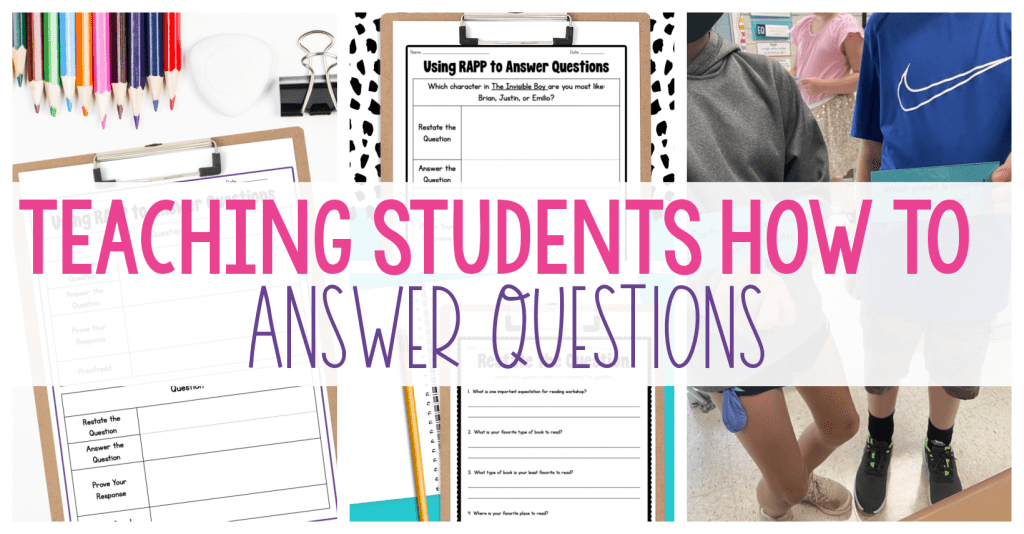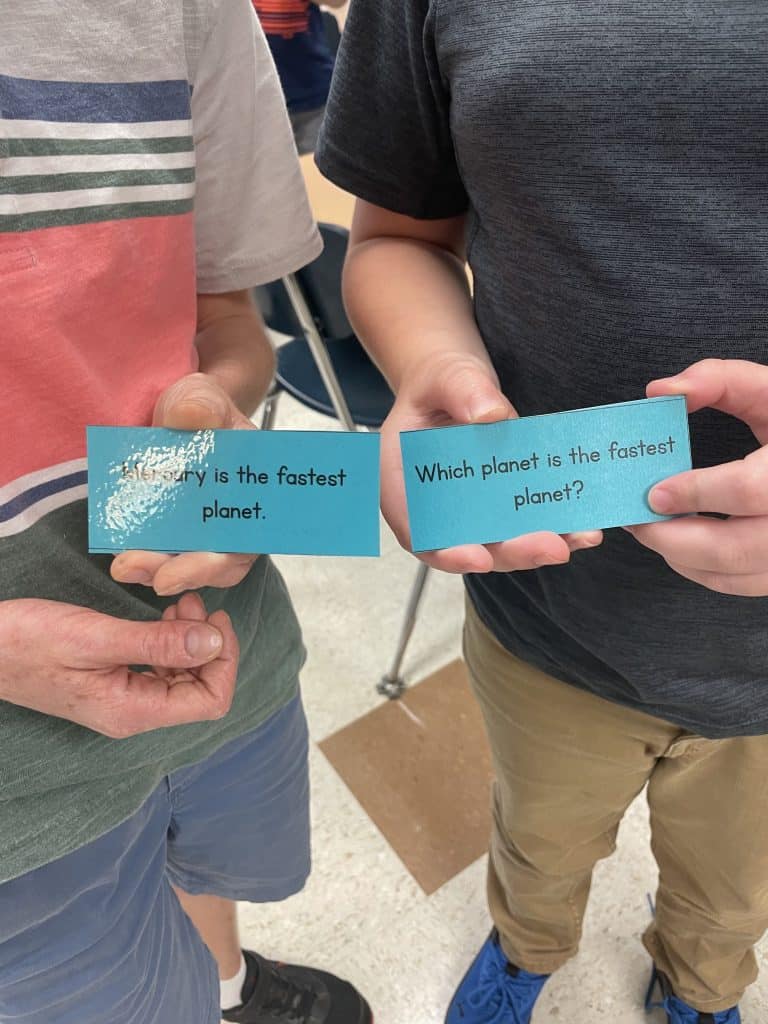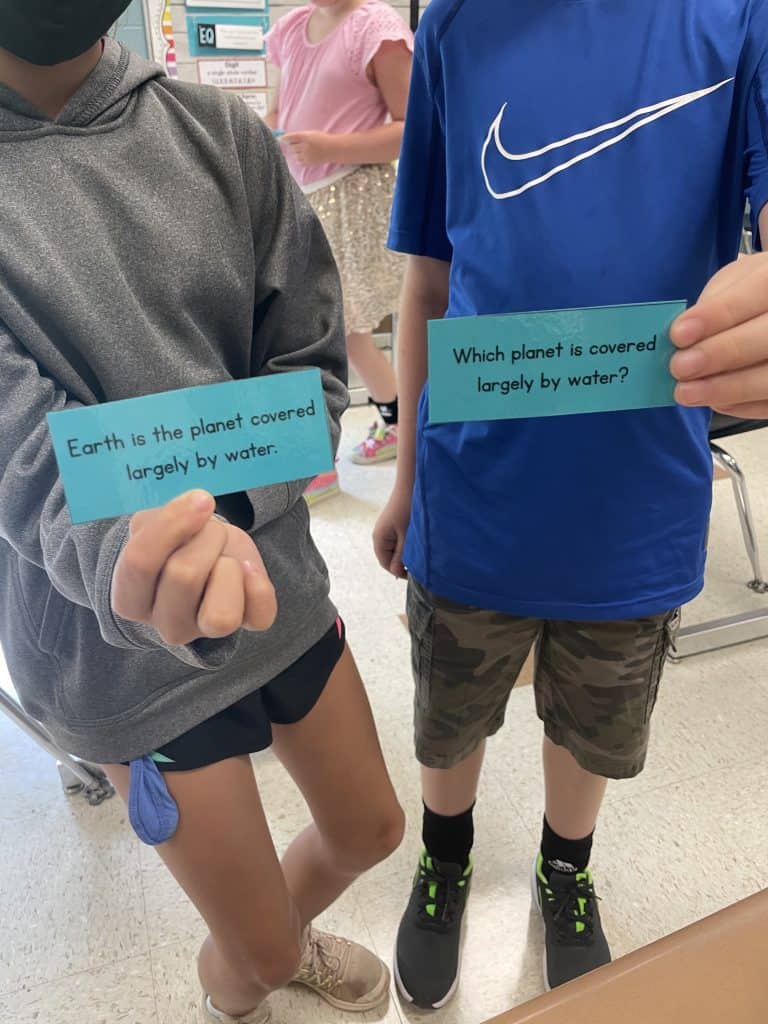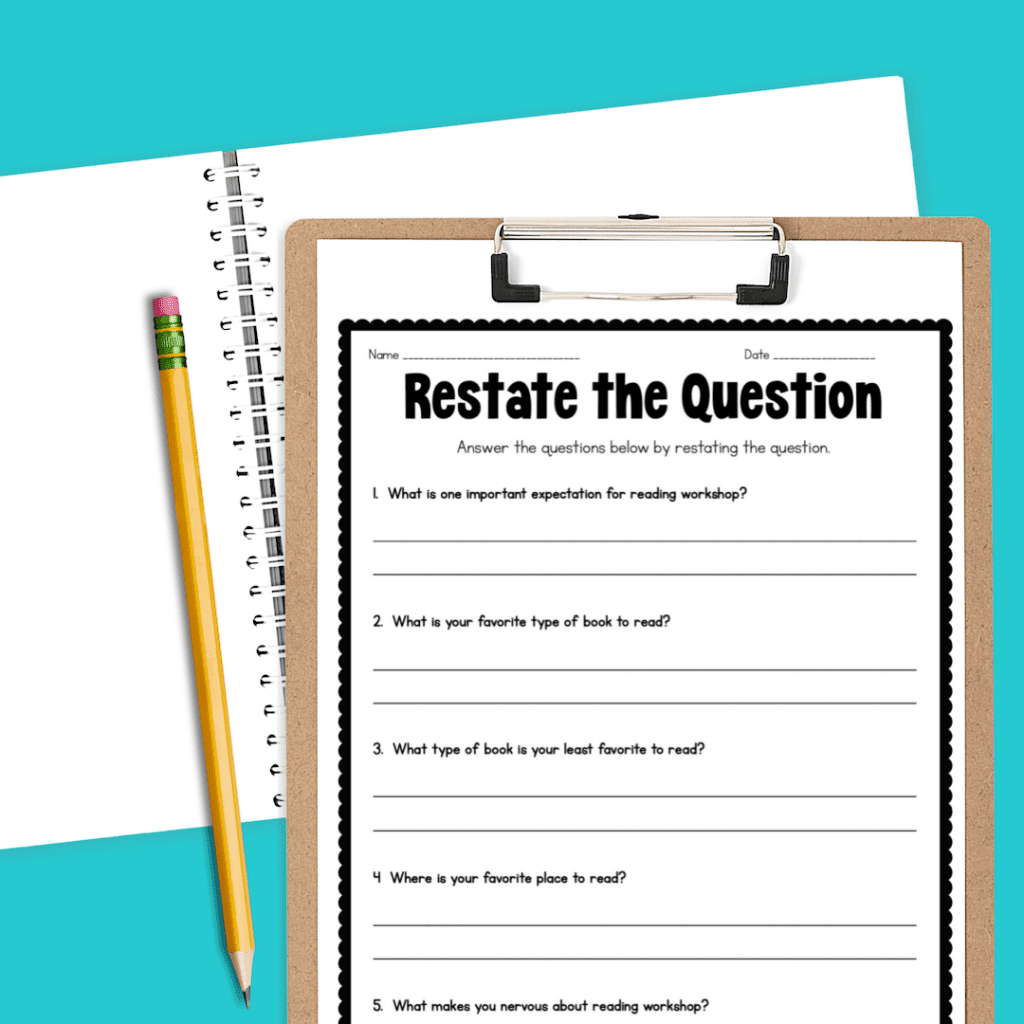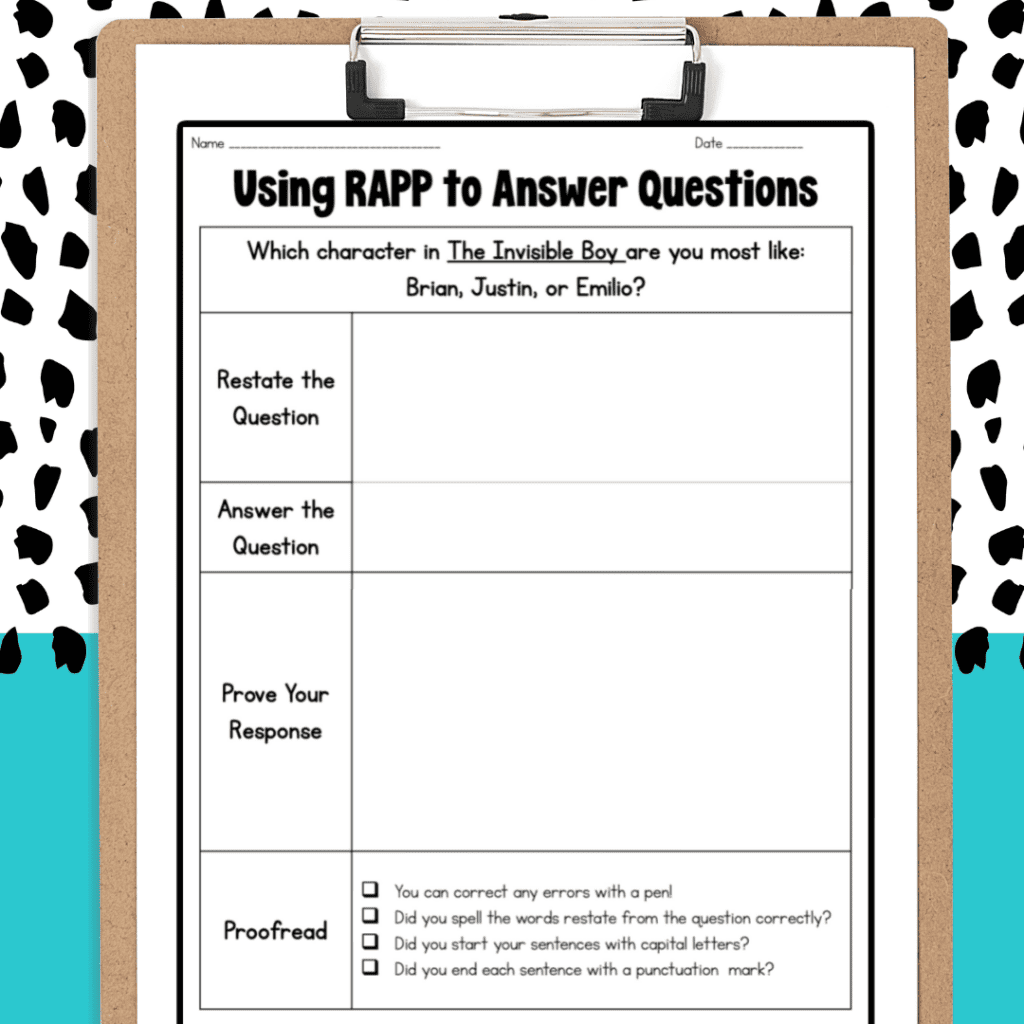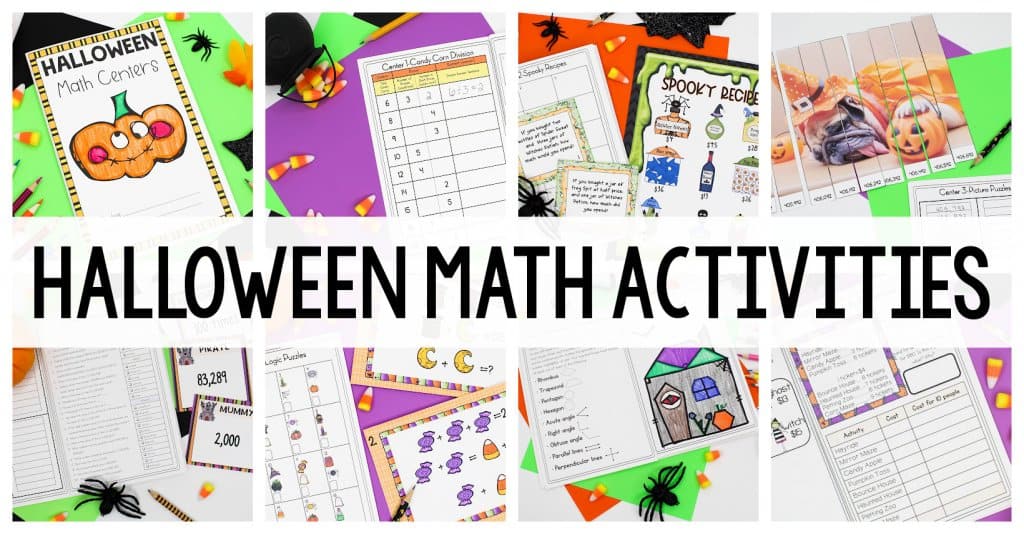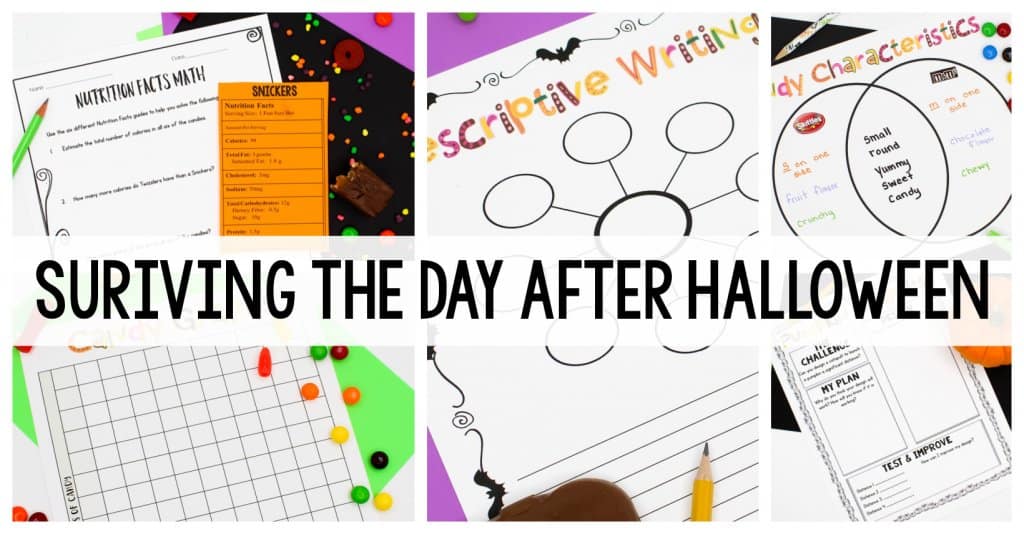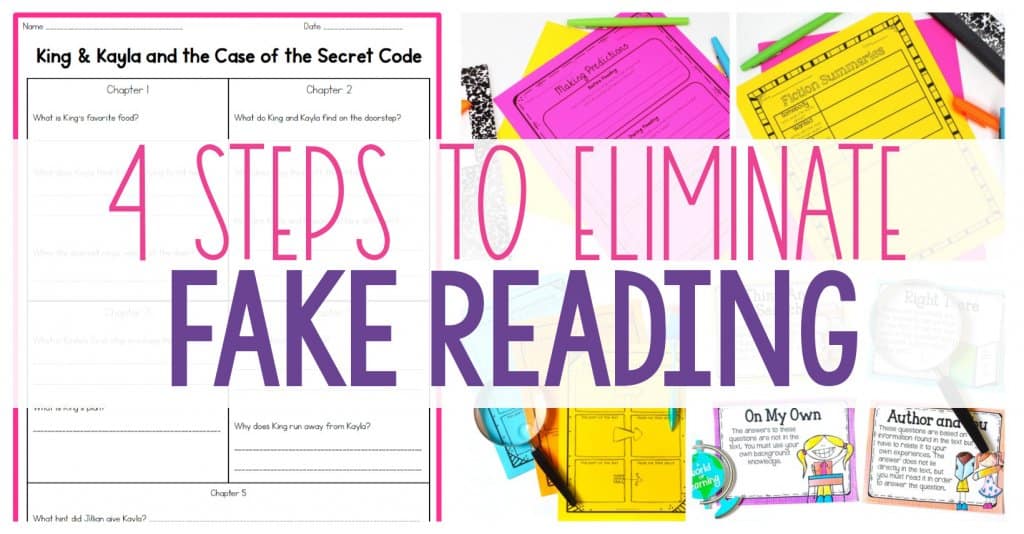Teaching students how to restate the question and support their answer with text evidence is not always the easiest (or fun) part of the year. However, I also know that it isn’t an option. Restating the question and providing text evidence is something I have to teach and a skill students will be expected to demonstrate for years.
I was discussing this with my 7th grade daughter who is now an expert on….everything, and she said that if I had to teach it, I better make it fun.
I also think teaching students to restate the question is something that should be taught as early in the school year as possible, because I want to set the precedent in how to answer questions right away. There have been years when I waited too long to introduce this and bad habits were quickly developed. I know make this one of the first things I teach in reading.
Restate the Question
My first “real lesson” taught students how to restate the question. To get students up and moving around the classroom, I created a matching game. In the activity, students received either a question card or an answer card and had to find the student with the corresponding card. I wrote questions and answers that all centered around space to make it a little more challenging.
That was a great introduction, and then I followed the activity by having students restate different questions. The questions were not academic questions but were questions that gave me more insight into my students’ thoughts and feelings about reading.
It broke my heart to see how many students said they were nervous about being embarrassed about reading in front of the class. A conversation about that moved to the top of my to-do list.
Proving the Answer
In the following lesson, I extended restating the question with answering the question using RAPP. There are tons of acronyms out there, and I’m not particularly attached to this one. However, it’s what is used in third grade, so I try to keep things consistent for students.
I read the book The Invisible Boy and have a discussion about some of the characters in the text. If you’re not familiar with this book, it really is a must-read book, especially for upper elementary students. It deals with feeling alone or invisible, as well as how we may intentionally or accidentally exclude others.
Then, I model how to use the graphic organizer to answer the question. I explained that I was most like Emilio, because I want to do the right thing and include others, but I have a tendency to be shy. Sometimes it takes a leader like Justin to get me out of my comfort zone. Of course the modeling is useful for students, but I think they also appreciate me opening up to them and showing my own vulnerability.
Proofreading is often overlooked by students, so I included a little checklist. I try to emphasize that there should not be any spelling errors in words that are taken directly from the question. At this point of the year, if they can do that and begin sentences with capital letters and end sentences with a punctuation mark, I’m happy.
Extra Practice
If you see the need, you can certainly give students additional practice. For extra practice, you can use this graphic organizer that can be used with any text or question. As I move forward with my reading lessons, I plan to weave in one of these a day. There are a couple different formats for you, because one size does not fit all.
Hopefully these ideas will help you out as you teach your students to answer text dependent questions. To learn more about what I will teach the following week, check out this blog post. To download the resources in this post, click here!

